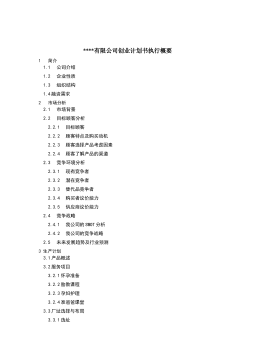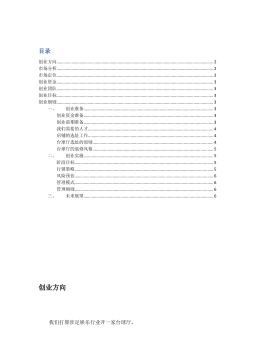经济转型时期我国收入分配格局研究
摘要改革开放以来,我国经济获得了长足增长,人民生活水平显著提高,但与此同时,收入差距逐步扩大,社会不公加剧,财富集中度过高也逐渐成为经济发展的一个突出问题。收入分配失衡对社会公正提出挑战,并会引发一系列的经济社会问题。内需难以提振,政府公信力下降,社会矛盾加剧,甚至引发边疆动乱。改革开放的使生活节奏加快,很多人付出巨大的体力和脑力劳动,但生活补给跟不上体能的消耗,造成近年来重病大病增多,脑力劳动者英年早逝,给社会造成重大财力物力和人力资源损失。同时,由于体制的不完善和法制的漏洞,许多人的财富来路不正,与其付出并不相称,以及为富不仁者众多,也引起周边人心理上的不平衡和社会上的仇富心态。长此以往,...
相关推荐
-
我国基层财政困难的制度成因分析与对策研究VIP免费
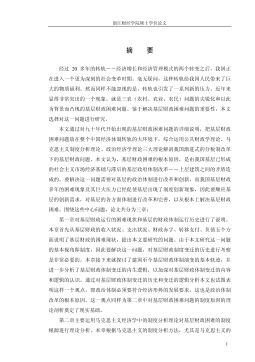
 2024-09-20 33
2024-09-20 33 -
我国煤电产业链纵向交易合约机制研究VIP免费
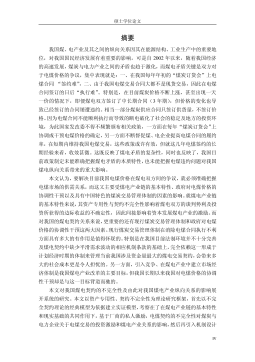
 2024-09-20 28
2024-09-20 28 -
生产要素视角下的上海市产业结构优化研究VIP免费
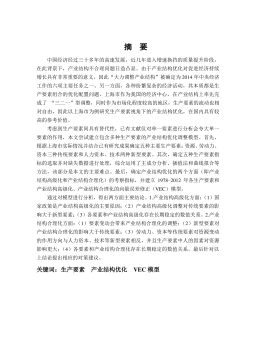
 2025-01-09 7
2025-01-09 7 -
我国银行业结构与经济结构关系研究VIP免费
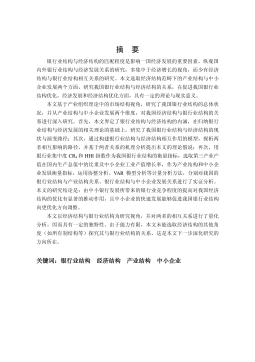
 2025-01-09 7
2025-01-09 7 -
大数据视角下农业供应链金融研究VIP免费

 2025-01-09 6
2025-01-09 6 -
跨国大型综合超市的规划研究VIP免费
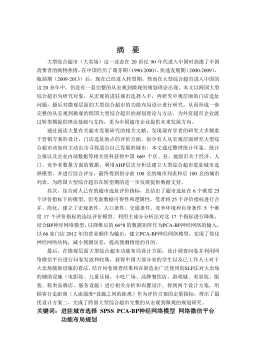
 2025-01-09 6
2025-01-09 6 -
跨境电商农产品质量安全问题研究VIP免费
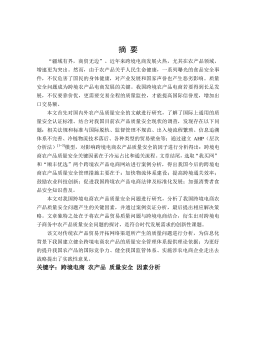
 2025-01-09 7
2025-01-09 7 -
世界市场的虚拟化与我国国际电子商务发展方向研究VIP免费
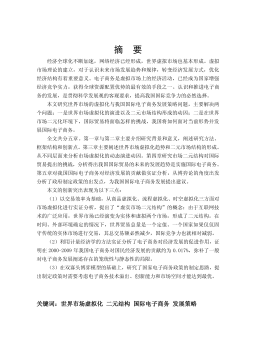
 2025-01-09 9
2025-01-09 9 -
中国政府对电力行业的价格规制问题研究VIP免费
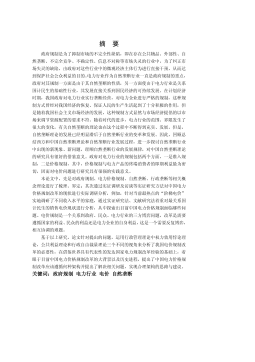
 2025-01-09 14
2025-01-09 14 -
中小企业信息化系统集成技术研究VIP免费
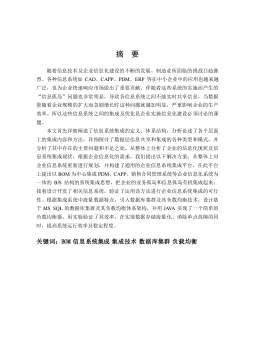
 2025-01-09 14
2025-01-09 14
相关内容
-

跨国大型综合超市的规划研究
分类:高等教育资料
时间:2025-01-09
标签:无
格式:PDF
价格:15 积分
-

跨境电商农产品质量安全问题研究
分类:高等教育资料
时间:2025-01-09
标签:无
格式:PDF
价格:15 积分
-

世界市场的虚拟化与我国国际电子商务发展方向研究
分类:高等教育资料
时间:2025-01-09
标签:无
格式:PDF
价格:15 积分
-

中国政府对电力行业的价格规制问题研究
分类:高等教育资料
时间:2025-01-09
标签:无
格式:PDF
价格:15 积分
-

中小企业信息化系统集成技术研究
分类:高等教育资料
时间:2025-01-09
标签:无
格式:PDF
价格:15 积分


